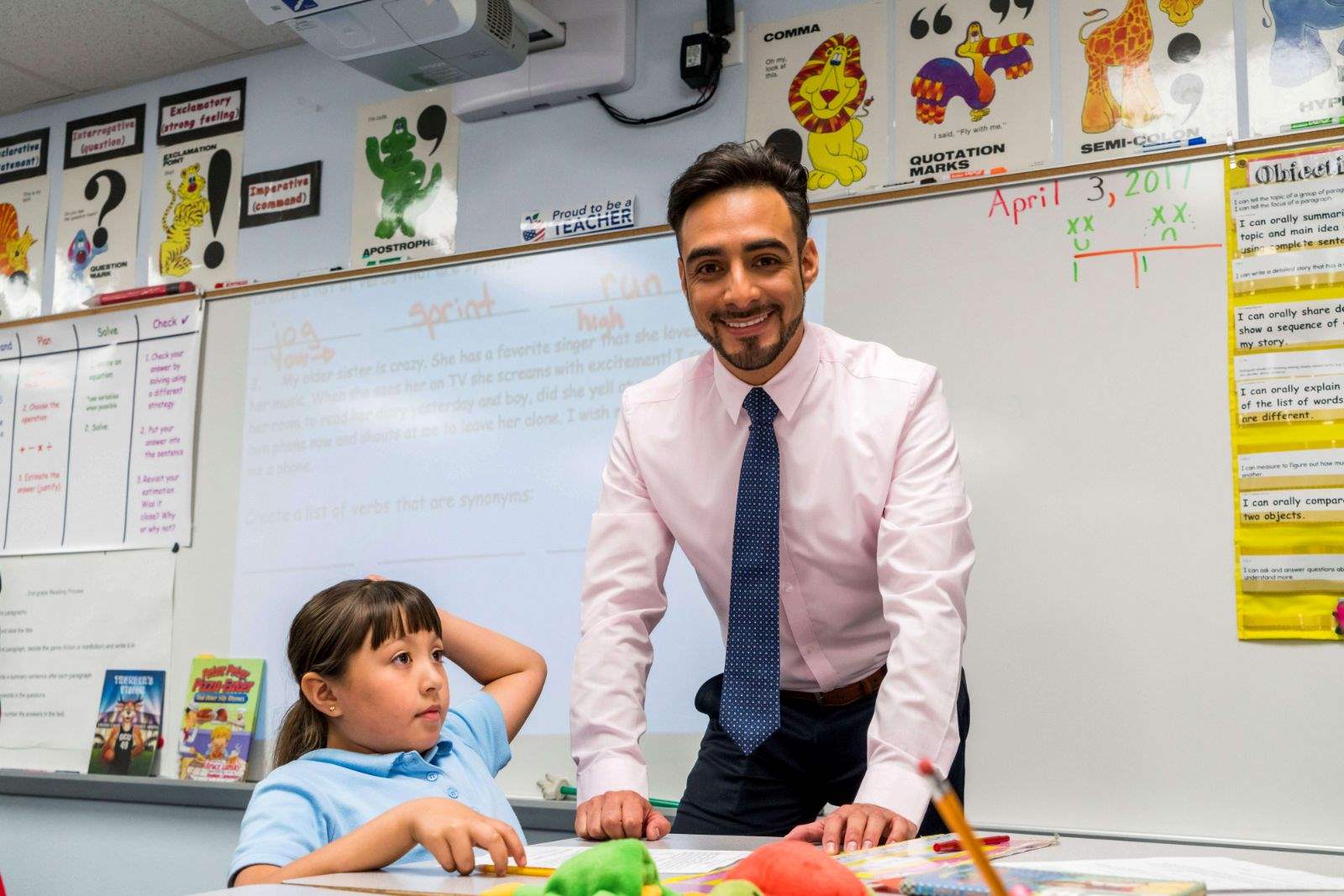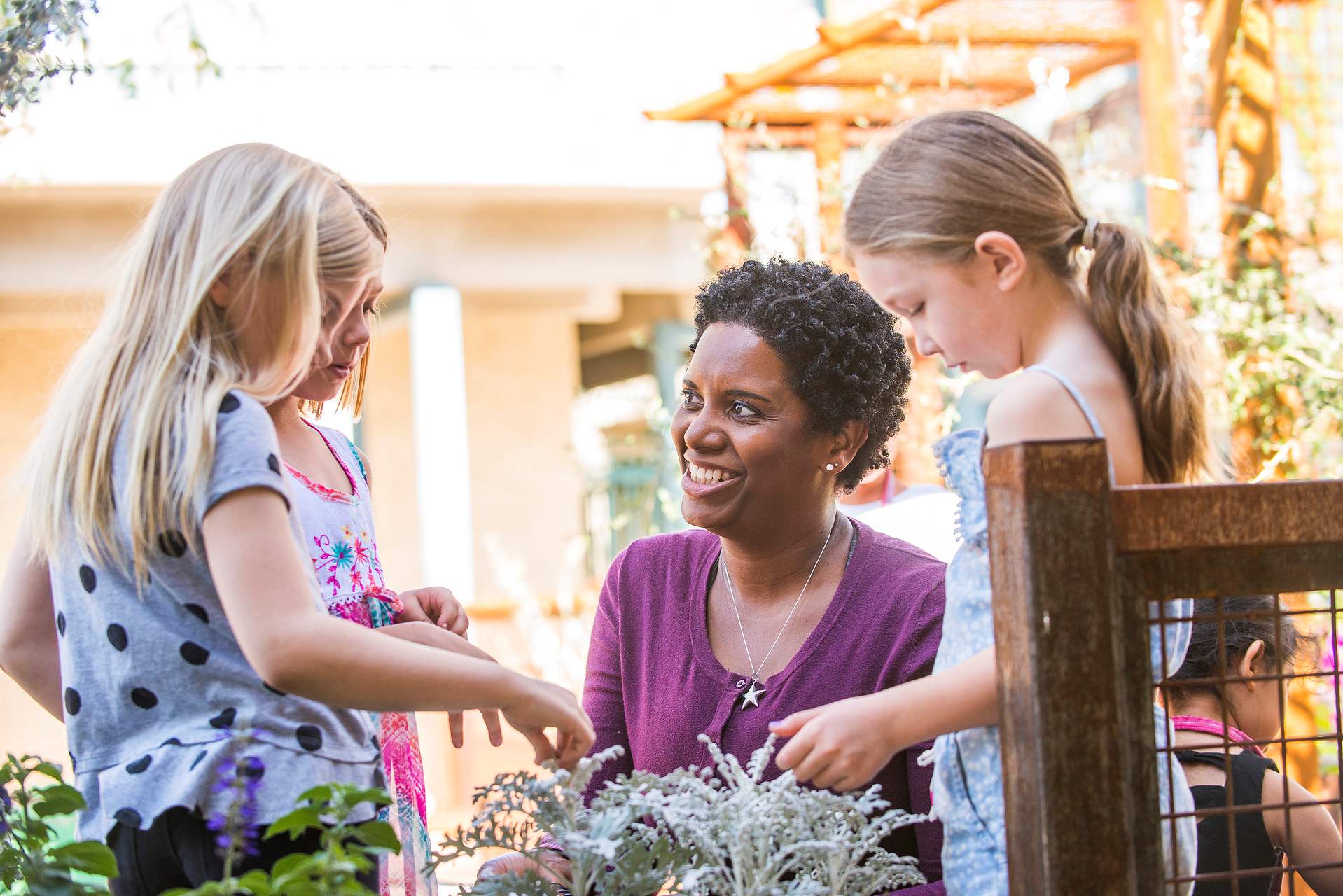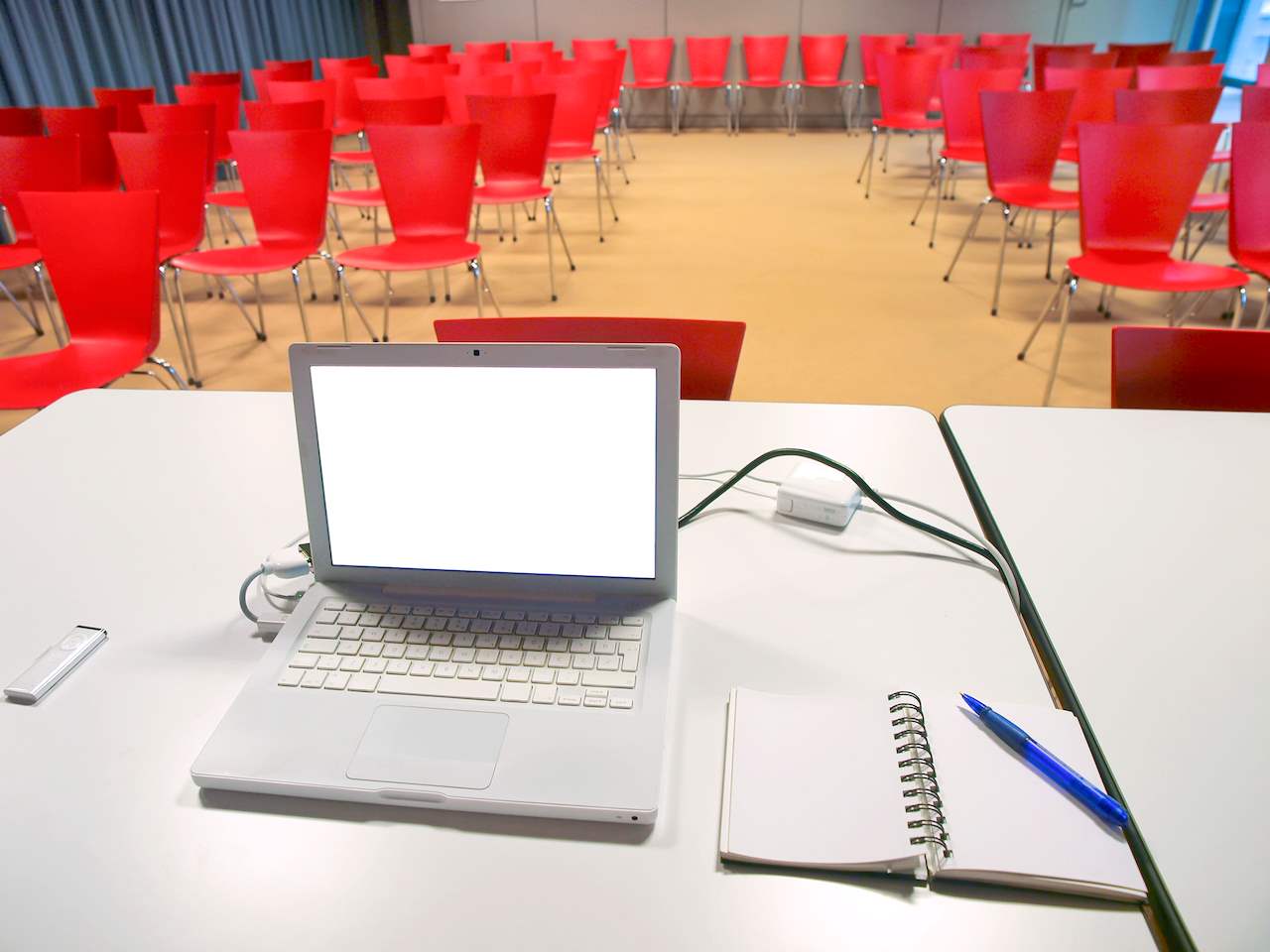InClass
Make your teaching practice more accessible to all students with these simple strategies.
Dec 30, 2019
As an educator, you know the importance of making every student feel valued in the learning environment. But often the challenge lies in the “how,” not the “why.” We compiled a few classroom tweaks that will ensure your teaching practice reaches all students, no matter their background or ability.
--
1. Make Space
Design your classroom in such a way that allows plenty of room for those students who rely on aids — wheelchairs, motorized scooters, crutches — to assist with physical challenges.
2. Give Information in Multiple Formats
Present lesson materials in both oral and written formats. This offers multimodal methods for students to absorb information, as well as grants them sufficient time to read and comprehend the material.
3. Be Methodical
When teaching a new lesson, first state the objectives. Next, review past lessons that help inform the current one. Finally, stop often to summarize the new information, allowing time for students to ask questions.
4. Keep Consistent
Often, educators don’t know the specifics of what goes on in their students’ home lives; sometimes the classroom is a student’s only safe haven. Create this safe space by maintaining classroom rules with predictable and clear consequences, and consistent and clear rewards.
5. Employ ‘Good’ Fonts
There are several typefaces that students with disabilities find easier to visually comprehend. Use these when creating printed materials. Two examples of good fonts include Ariel and Comic Sans. Also, Dyslexie is a typeface that is specifically designed for learners with dyslexia.
6. Repeat Yourself
As you give instructions — whether during a lesson or when lining up students for lunch — keep them brief and simple, and repeat them two or three times, word-for-word.
7. Let Students Set Goals
Instead of establishing broad learning goals for everyone, play to each student’s strengths. A student who excels at the written word may choose to write an essay as a final project, while a hands-on learner may opt to build a 3D structure. Allowing students to grasp information in a way that suits their abilities not only helps them learn, but also lets them feel proud of their accomplishments.
8. Use Captions
Showing captioned videos as a means of teaching content goes beyond helping students with hearing impairments. Students with learning disabilities, visual learners, and even those students for whom English is a second language, all benefit from a video with clear captions.
9. Make Time for Students to Appreciate Each Other
Plan activities during which students share what they admire about one another or to appreciate good deeds or a job well done. This gives each student a chance to shine and also builds a classroom community of respect and inclusivity.






